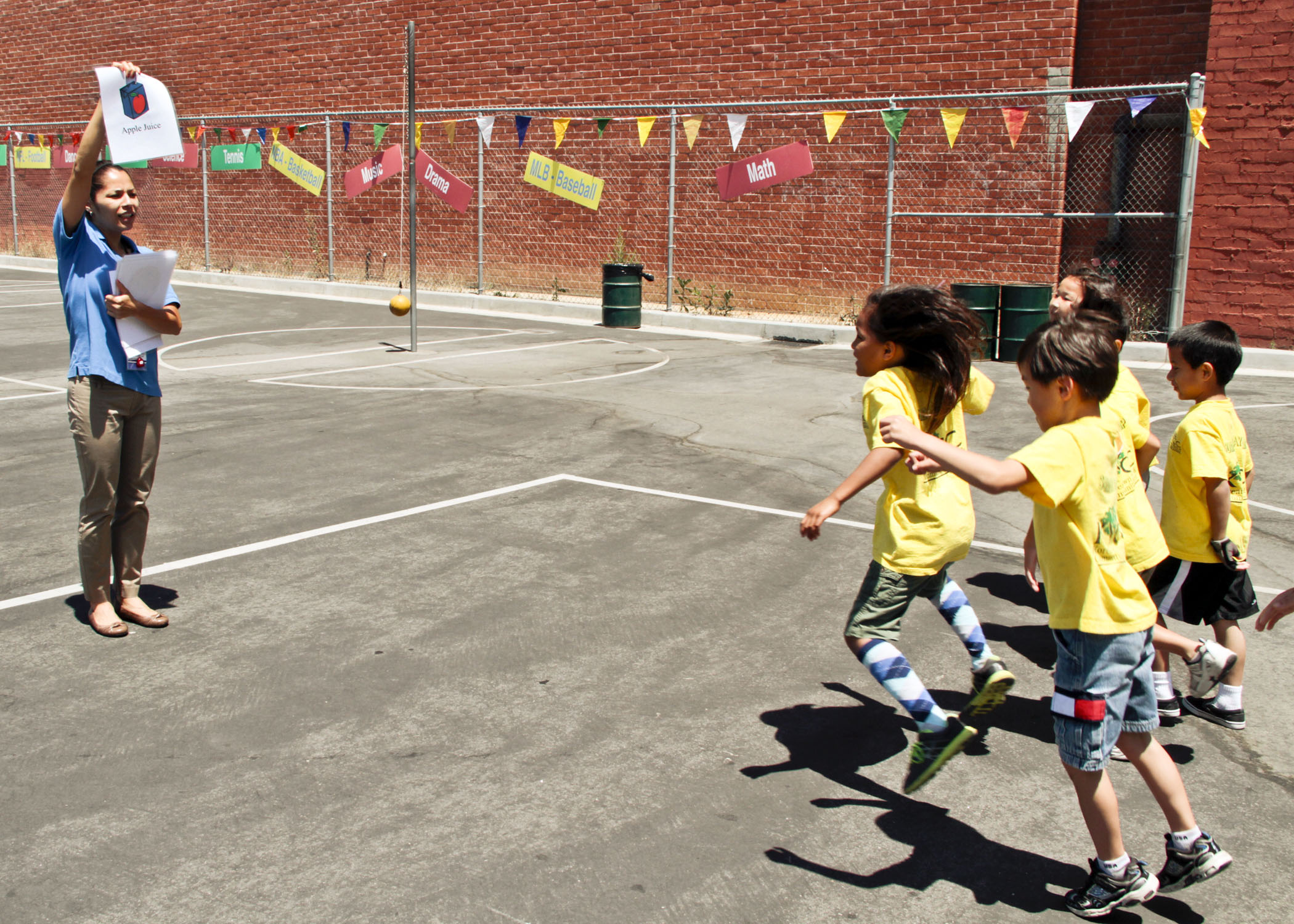
“Everybody is exhausted just trying to hang on to what exists, with attacks from every direction.”
That’s a quote from a leading child care advocate in California . . . a very tired advocate.
After months of budget battles, California’s child care system was ultimately pared down with a sharp scalpel, as were most health and social service programs.
For child care it was a triple whammy – sharp reductions in reimbursement rates for licensed and unlicensed providers, increased fees and more restrictive income eligibility for parents, and a 15 percent across-the-board cut to all preschool and child care programs (excluding two programs that support parents in welfare-to-work).
“Everyone is shell-shocked” is how another child care champion summed up the field’s stunned reaction to the cuts.
While optimists might hope a new system will rise Phoenix-like from the ashes, it’s hard to imagine demoralized advocates being up to the task of envisioning a new future.
They are plumb tuckered out.
Lost, then, is not only a half billion dollars in resources but also, quite possibly, the enthusiasm and vision of the once vibrant community of activists.
Until recently, California had been a leader in providing child care services. State support began in 1943 when child care centers were opened for our Rosie the Riveters contributing to the war effort.
Following WWII, state leaders kept the centers open, recognizing that many women would continue to work.
In 1978, then-Governor Jerry Brown’s Administration – Brown 1.0 – developed the state’s first – and only – child care master plan.
But that plan was neither comprehensive enough to sustain three decades of growth, nor has it been updated to meet the needs of a state with more people, more single-parent families, more women in the work force, a greater proportion of poor families, and far greater diversity.
Over ten years ago, former state Senator Marta Escutia carried legislation to create a child care master plan. But it was vetoed, twice.
Without a vision, without a plan, the state’s child care system has been pieced together to capture federal funds, to provide child care to parents required to work under federal and state welfare reform, and to implement various pilot projects and administrative structures.
No wonder the go-to analogy for California’s child care system is the patchwork quilt.
So we have a problem – parents that work (or want to) and a fraying, pieced-together system of child care not up to the job of providing reliable, quality and available services.
“Things have to evolve,” said one of the tired advocates I interviewed, “and it’s [going to be] a very unsettling discussion, particularly when the field is on the defensive.”
“It would be great to see some legislative leadership in this area,” she added.
Or perhaps, gubernatorial leadership – an updated child care master plan as an initiative of Brown 2.0.
No doubt it’s hard to think about an ideal system of care in the midst of cuts and unpredictable revenue streams, but that might be the best use of limited time and energy.
And if Governor Brown succeeds in convincing the cranky California electorate that maintaining existing taxes is in their best interest, child care advocates – and the Governor – need to be ready with a vision of how quality child care can be structured and funded.
We can’t depend on a Phoenix to rise above the ashes, but we can, even when we are tired and demoralized, work together to create a child care master plan to guide decisions and investments for child care services.
Because more frayed than the system and more frazzled than the advocates are working parents who, day after day, must piece together care for the children they love.
Kate Karpilow is director of the California Center for Research on Women and Families.





